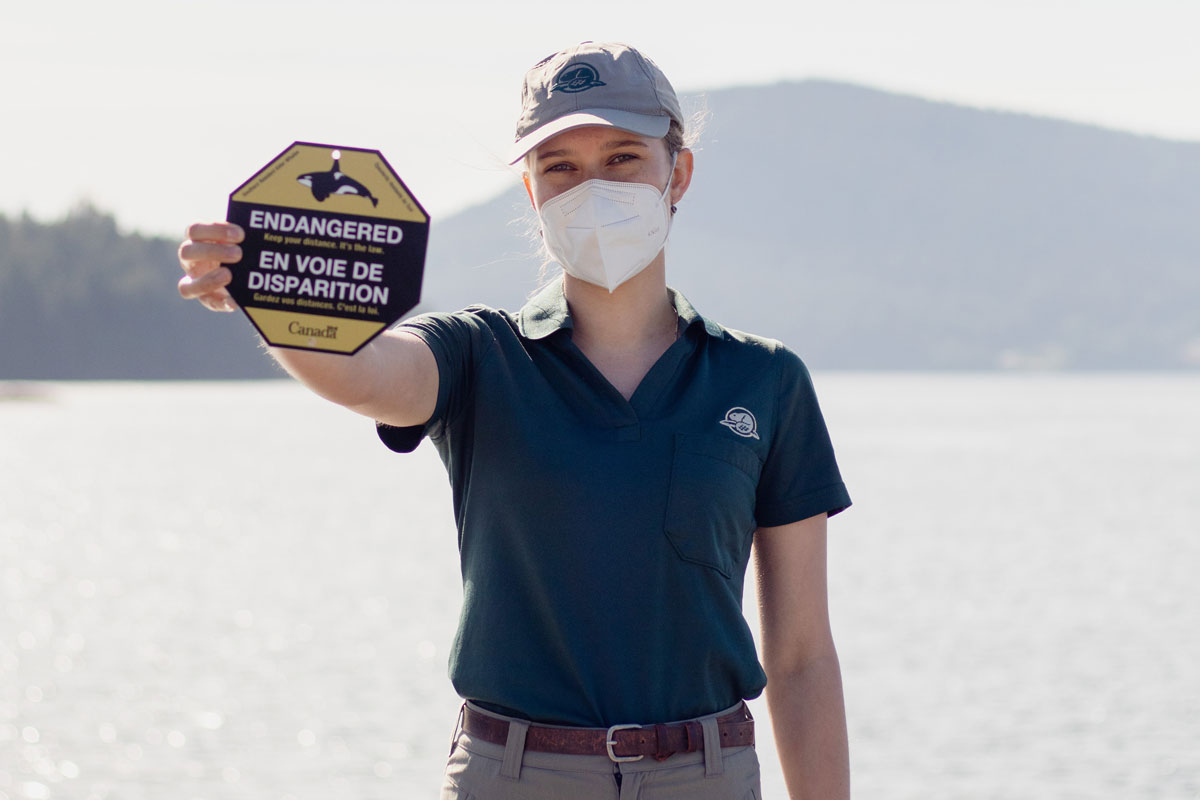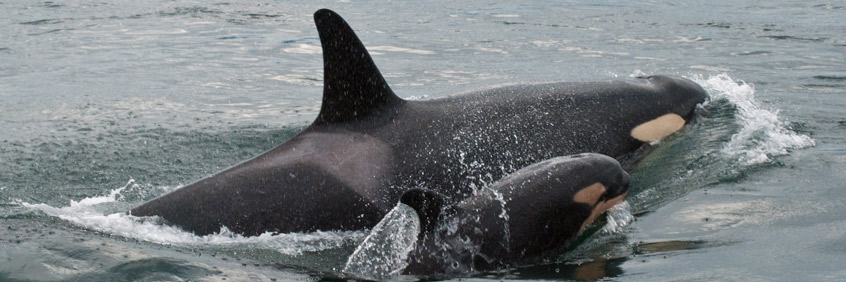
Southern Resident Killer Whale Outreach
Xplorer Program
Do you want to learn more about the endangered Southern Resident Killer Whales, explore coastal BC and play some nature games along the way? Then the...
Outreach Activities | 2024 Management Measures | Ask a Scientist | Take Action | Partners
Parks Canada is taking action, in collaboration with Indigenous partners and other federal departments, to support the recovery of the endangered Southern Resident Killer Whales through science and monitoring efforts, enforcement, and outreach, interpretation and education programs.
Outreach Activities
Dock Walks and Pop-up Outreach

Find the Southern Resident Killer Whale outreach team at marinas, docks and parks in the Coastal BC area in Summer 2024. Follow us on Facebook @ParksCanadaVancouver, or on X @ParksCanadaVan for more details.
Lower Mainland Events
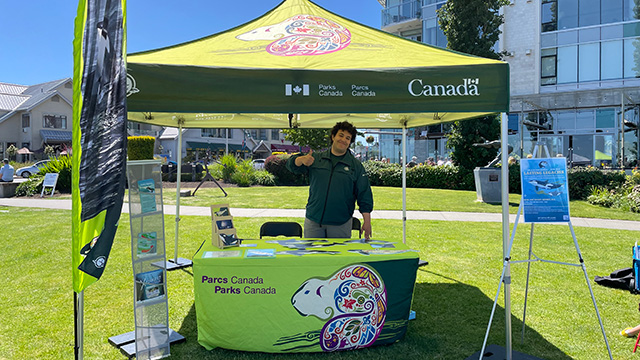
Ocean Week at the Gulf of Georgia Cannery National Historic Site
June 1st – 12:00-5:00 PM
Steveston, BC
June 15th – 11:00 AM -3:00 PM
Vancouver, BC
July 6th – 11:00 AM – 9:00PM
Vancouver, BC
July 14th – 12:00 PM – 4:00 PM
West Vancouver, BC
August 3rd – 11:00 AM – 4:00 PM
White Rock, BC
August 4th – 12:00 PM – 7:00 PM
Vancouver, BC
Victoria and Gulf Island Events
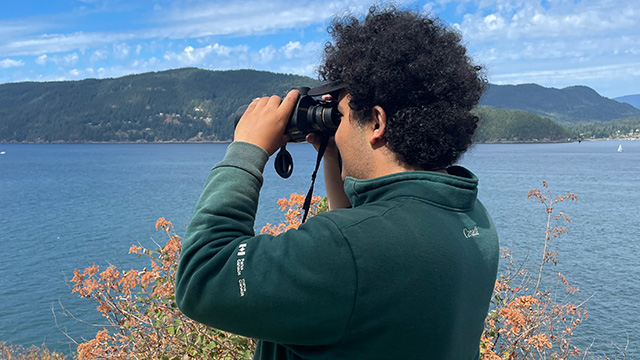
World Oceans Day at Fort Rodd Hill and Fisgard Lighthouse National Historic Sites
June 8th – 10:30 AM – 4:00 PM
Colwood, BC
Ocean Week at Fisherman’s Wharf
June 9th – 11:00AM-4:00PM
Victoria, BC
July 1st
Saturna, BC
Be sure to check out other events for Ocean Week Victoria, Orca Action Month and Ocean Wise WhaleBlitz too!
Xplorer Program
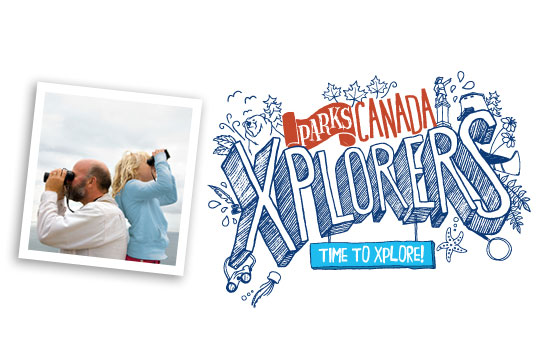
Do you want to learn more about the endangered Southern Resident Killer Whales, explore coastal BC and play some nature games along the way? Time to Xplore!
2024 Management Measures for the protection of Southern Resident Killer Whales
Southern Resident Killer Whales are endangered. They struggle to find enough food to eat and are vulnerable to contaminants. Noise and disruption from boats interfere with their hunt for prey.
Management Measures have been put in place to reduce disturbance from boats and to protect Chinook Salmon, an important food source for Southern Resident Killer Whales.
Looking to learn more? A number of outreach and education products have been developed in collaboration with Transport Canada, Fisheries and Oceans Canada, Environment and Climate Change Canada and Parks Canada to help raise awareness:
- Brochures, maps and signs (updated 2024 versions coming soon!):
- Videos:
- Additional Resources
If you or your organization are interested in receiving physical copies of any of the products above, please reach out to us directly at: TC.SRKW-ERS.TC@tc.gc.ca
Ask A Scientist
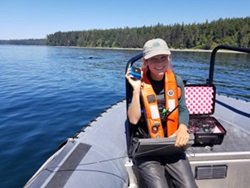
Have you ever wondered what the scientists and researchers are working on in national parks to help protect Southern Resident Killer Whales? Check out the Q&A below to hear from Parks Canada scientists as they share the answers to some frequently asked questions about Southern Resident Killer Whale research in Coastal BC!
You can also check out “Field Notes: Recovering Southern Resident Killer Whales”. Join Parks Canada Ecosystem Scientists behind the scenes while they research the whales and their surroundings in Gulf Islands National Park Reserve. You’ll learn more about these endangered animals, what Parks Canada is doing to protect them and actions you can take to help.
Q: How do you identify and track individual Southern Resident Killer Whales out in the field?
A: Riley Pollom, Gulf Islands National Park Reserve - Killer whales are identified by their saddle patch, which is a white pattern behind their dorsal fin. They can also be identified by unique patterns, scars, or wear on their dorsal fin. Similar to how humans have unique fingerprints, killer whales have unique saddle patches.
Q: What kind of information do you get from a hydrophone?
A: Krista Bohlen, Pacific Rim National Park Reserve - We use hydrophones to have an ear underwater listening for what our eyes can’t detect above the surface. We are able to identify which cetaceans (whales, dolphins, and porpoises) are in the area by listening for their unique sounds. By analyzing these recordings, we can even narrow it down to which Southern Resident pod (J, K or L) we are listening to! While all pods share the same language, they each have a distinctive dialect of calls.
We also use the hydrophone to listen to the underwater noise that these whales are exposed to, such as engine noise from boats. This helps us better understand how to reduce noise disturbance for these highly social animals so they are able to continue communicating with one another.
Q: What’s your favourite part about researching Southern Resident Killer Whales?
A: Jennifer Yakimishyn, Pacific Rim National Park Reserve - My favourite part of this research is the interconnectedness of the marine food web. The role of the little players in the Southern Resident Killer Whale food web is just as important as the health of big players, the orcas!
Phytoplankton and zooplankton form the basis of the marine food web by providing food for many marine animals ranging from grey whales to forage fish, including Pacific Sand Lance. Schools of forage fish are important food for seabirds and salmon, especially Chinook Salmon. Chinook Salmon, the largest of our coastal Pacific salmon species, are Southern Resident Killer Whales' favourite food. Each species plays an important role in this food web and protecting each ecosystem element is critical to the survival of the Southern Resident Killer Whales.

Q: What does eelgrass have to do with Southern Resident Killer Whale protection?
A: Krista Bohlen, Pacific Rim National Park Reserve - Eelgrass is an important habitat for juvenile fish species – much like an ocean nursery! For example, Chinook Salmon use eelgrass meadows to hide from predators when they are juveniles before they grow to larger sizes and become the favourite food source for Southern Resident Killer Whales.
In addition, eelgrass meadows sequester significant amounts of carbon which helps reduce the effects of climate change, making our oceans a healthier place for orcas and all other ocean life too!
Q: When you are conducting research is it just you and your camera? Or do you work as part of a team?
A: Meag McCord, Gulf Islands National Park Reserve - The research and monitoring efforts around Southern Resident Killer Whales are incredibly collaborative. When I’m out on the water and see Southern Resident Killer Whales I alert my colleagues at Pacific Rim National Park Reserve and Fisheries and Oceans Canada. The team at Fisheries and Oceans Canada can immediately pull up any hydrophone data from the area to help identify the pod and can provide feedback to us within minutes. It’s the best science ever!
We also make sure to communicate with each other to ensure that we don’t have too many vessels out on the water at the same time. It’s important to give the Southern Resident Killer Whales space to communicate, rest and forage.
Q: Why is it so important to focus on salmon populations for Southern Resident Killer Whale recovery?
A: Jennifer Yakimishyn, Pacific Rim National Park Reserve - Pacific salmon, such as Chinook and Chum, are the favourite food for Resident Killer Whales. Pacific salmon populations are doing poorly due to many factors, including poor ocean survival and degraded freshwater spawning and rearing habitats.
The habitat of many salmon stream systems on the west coast of Vancouver Island were degraded due to historic logging. Restoration of these stream habitats not only support salmon and their young, but contributes to healthy coastal ecosystems including both terrestrial and marine habitats. Pacific Rim National Park Reserve is home to important salmon bearing streams and marine corridors for migrating salmon. Parks Canada is working on identifying these important habitats and working with partners to restore important salmon streams in the area.
Q: Where can I see a Southern Resident Killer Whale?
A: Nicole Kroeker, Fort Rodd Hill and Fisgard Lighthouse National Historic Sites - Great question! Southern Resident Killer Whales typically spend the summer and fall months in the Salish Sea (Strait of Georgia, Strait of Juan de Fuca and Puget Sound). There are some great shore-based whale watching spots in Gulf Islands National Park Reserve and Pacific Rim National Park Reserve and the Southern Residents even came to visit Fort Rodd Hill and Fisgard Lighthouse earlier this summer. There is no magic word that will make the Southern Resident Killer Whales appear but “whale waiting” is all part of the experience. Grab a seat on shore, look out at the ocean and take it all in.
Q: What’s the coolest thing you’ve seen out in the field?
A: Krista Bohlen, Pacific Rim National Park Reserve - The coolest moment I’ve experienced while in the field was witnessing J-56 “Tofino” breaching twice! It was a special moment not only because of how incredibly cute orca calves are, but also because J-56 is a light of hope for the endangered Southern Resident Killer Whales.
Southern Resident Killer Whale pods are matriarchal in nature. Female orcas, like Tofino, hold special significance for the pods - passing on years of teachings and social and local knowledge that form the foundation of their complex culture. Given the struggle to birth healthy orca calves in recent years, and few newborn females, J-56 is a hopeful sight to see!
Do you have another question that you’d like to have answered? Send us a message on Facebook or X e-mail and we’ll get it answered!
Take Action
Explore the Whale Trail

Enjoy shore-based whale watching locations along the BC Coast with the BC Whale Trail. Be sure to check out locations within Gulf Islands National Park Reserve, Pacific Rim National Park Reserve and Fort Rodd Hill and Fisgard Lighthouse National Historic Sites.
Report your Sightings
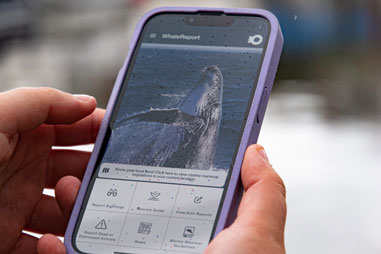
Report your whale sightings to the Ocean Wise Cetacean Sightings Network through the WhaleReport App.
Parks Canada “Superpod” Blog
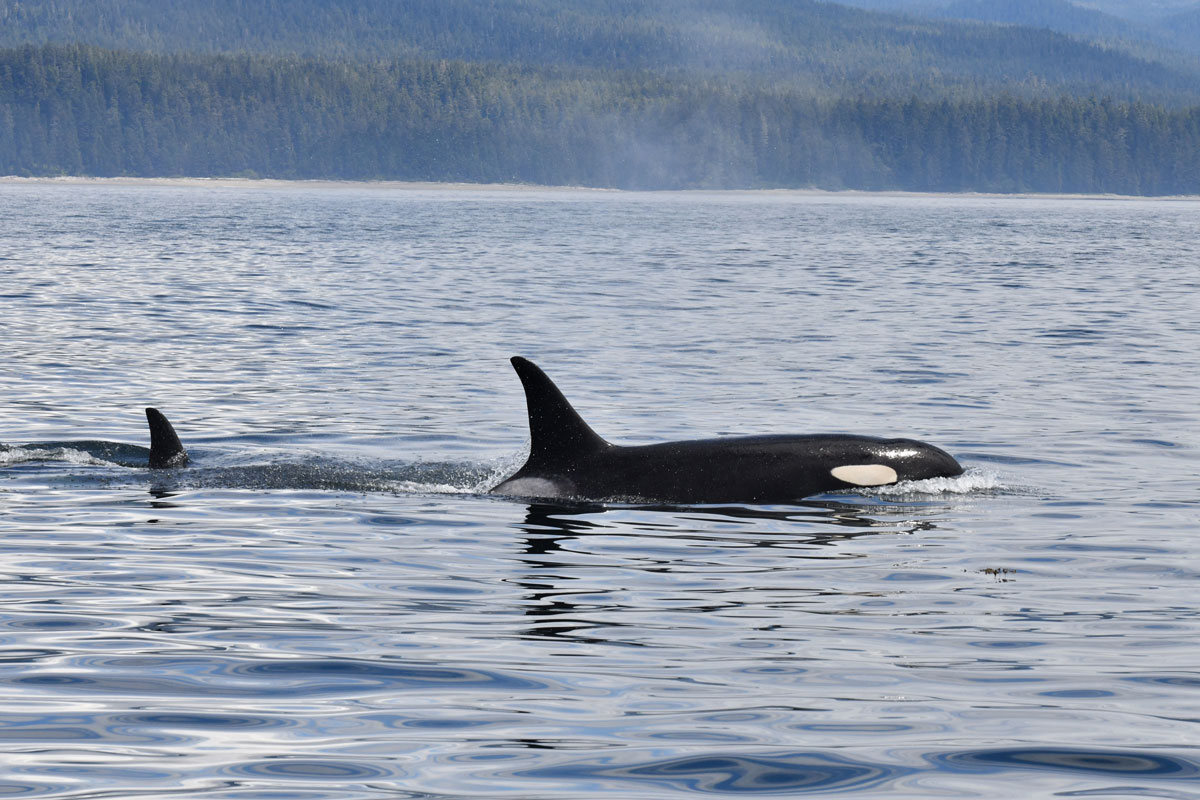
We are all connected to the ocean. Explore the Parks Canada Superpod Blog and meet people along the Pacific Coast who are taking action to help protect Southern Resident Killer Whales.
- Date modified :
